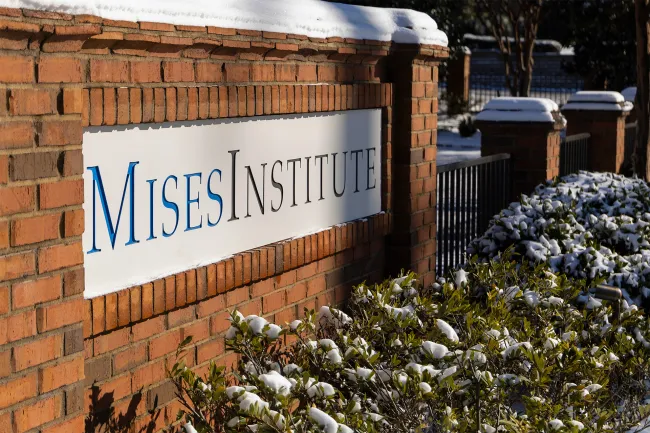War, Economy, and State
Ten Years Ago, I Discovered the Mises Institute. These Are the Things I Wish I Had Done Differently
From the Invisible Hand to the Invisible Sleight-of-Hand
Time Preference Is the Key Driver of Interest Rates
Statist Ideology and War: Israel versus Hamas
It’s Time to Renew Your Mises Membership
It’s that time again! Join or renew your 2024 Membership with the Mises Institute and be part of a community that champions Austrian economics, freedom, and peace.
Last Day to Give in 2023!
YOUR GIFT WILL HELP US DO MORE IN 2024.
With your gift of $25 or more, you will receive a copy of Joe Salerno’s The Progressive Road to Socialism.
Time Is Running Out!
YOUR GIFT WILL HELP US DO MORE IN 2024.
With your gift of $25 or more, you will receive a copy of Joe Salerno’s The Progressive Road to Socialism.
Recurring donors of $10 who give $100 will also receive a copy of The Progressive Road to Socialism and renew their Membership through 2024.
Explaining 2020
In the not-too-distant future, during the next economic bust, recession, or stock market crash, many people will naturally examine the most immediate events and wonder what led to the latest catastrophe. When this occurs, remind them it’s an ongoing boom/bust cycle, where the boom leads to the bust, followed by another boom in a vicious circle caused by intervention in the free market.
